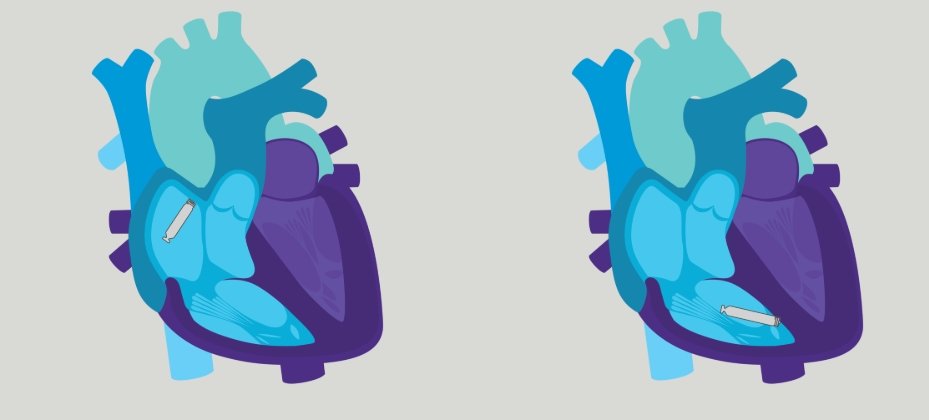Mumbaikars at high Cardiovascular Disease Risk, reveals Saffola life study 2013
October 16, 2013 | Wednesday | News | By BioSpectrum Bureau
Mumbaikars at high Cardiovascular Disease Risk, reveals Saffola life study 2013
The Saffola life Study 2013, India's largest study on risk factors precipitating heart disease, revealed that more than 70% of 1.86 lakh urban Indian respondents are at cardiovascular disease (CVD) risk.
When the study was conducted among 29,017 people in Mumbai, the respondents over a period of three years, it was revealed that 72% of them had a high risk of CVD. The study also revealed that 51% of respondents in Mumbai had low levels of the heart protective HDL and 44% reported to be consuming preserved/processed foods at least two times a week.
Supporting the Saffola life study, Dr Akshay Mehta, senior cardiologist,AsianHeartHospital, said, "Sedentary lifestyle, stressful work conditions and compromised diet are leading factors in precipitating heart disease risk. This has affected the heart health of the young work force in the 30 - 44 age group."
According to the Saffola life study, Mumbai was one of the cities with least number of respondents with diabetes at 12% as compared to other metros. The study revealed that 42% of the Mumbai respondents also reported to consume fried foods at least two times in a week. Additionally, 71% of them were guilty of consuming two or less servings of fibre-rich whole grains in their diet.
When the physical activity of Mumbai participants was analyzed, it emerged that a substantial 64% of them exercised thrice a week or less. 10% of the participants reported feeling drained four times a week or more.
Young Productive Work force (30-44 years) is the worst hit
The Saffola life study is being conducted from the past three years across 12 cities and covering more than 1.86 lakhs people across 30-100 age group.
The study revealed a shocking large difference between the heart age and the chronological age beginning at 30 years with a noticeable peak observed in the 40's. This meant that Young India's heart is aging much faster. Due to the presence of maximum systemic and lifestyle risk factors, respondents in the 30-44 age group showed heightened CVD risk. To understand the trend/changes we have analyzed the data for the year 2010-11, 2011-12, 2012-13 and the combined data for all the three years here.
Some key findings of the Saffola life Study:
-The trend study has observed that for nearly all parameters that count as risk factors for CVD, the younger age group is sharing the same levels of CVD risk as the older age group.
-73% males in the age group of 30-34 years and 76% in 35-39 age group are at CVD risk and 85% of males in the age group of 40 - 44 years are at risk.
-Around 60% of females in their 30's and 40's are shown to be at high risk.
-Among the people with CVD risks, 66% of women showed a higher risk of CVD due to the presence of low HDL levels as compared to 50% men.
-Among the people with CVD risks, 73% of the women exercise three times a week or less as compared to 63% males.
-High risk cholesterol levels, skewed BMIs, low levels of cardio-protective HDL cholesterol and high blood pressure are some of the factors contributing to increased CVD risk among India's productive workforce (Age group: 30- 44).
-An alarming peak is observed post 35 in females having heart age greater than actual age.










